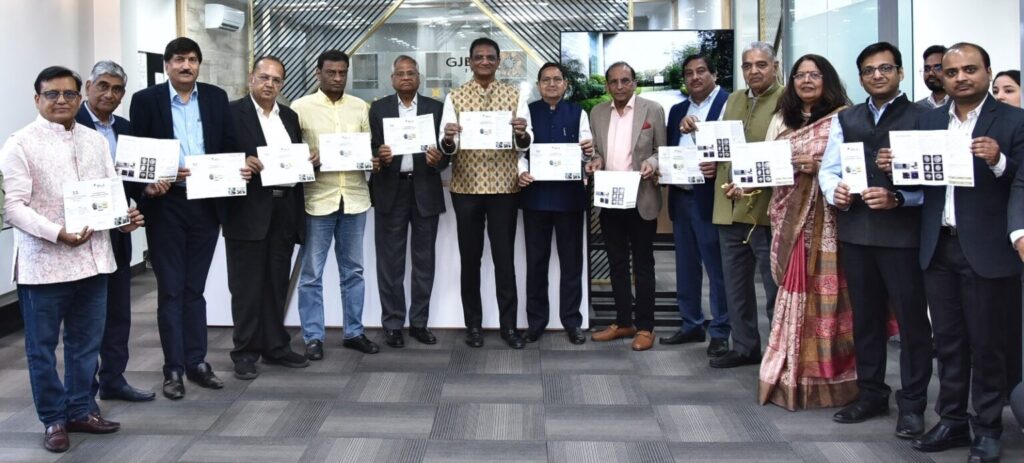
Jaipur: IIGJ-Research & Laboratories Centre (IIGJ-RLC), a unit of the Gem & Jewellery Export Promotion Council (GJEPC) has launched the much awaited service of pearl identification in Jaipur on 7th March 2024. Mr. Vipul Shah, Chairman of the GJEPC, along with Mr. Kirit Bhansali, Vice Chairman (GJEPC), Mr. Nirmal Kumar Bardiya, Regional Chairman (GJEPC Rajasthan Region), Dr. Nawal Kishore Agrawal, Director of Board (IIGJ-RLC), Mr. Anil Sankhwal, Director of Board (IIGJ-RLC), Mrs. Nirupa Bhatt, Advisor (IIGJ-RLC) and Ex-MD GIA India launched the service. Also present were Mr. Vijay Kedia, Mr. Sudhir Kasliwal, Mr. Sanjay Kala, Mr. Vivek Kala, Mr. Anil Virani, Mr. Badrinarayan Gupta, amongst other dignitaries from the trade.
In response to the launch of the Pearl Identification Service by IIGJ-RLC in Jaipur, Mr. Vipul Shah expressed his enthusiasm, stating, “The initiation of pearl identification services in Jaipur marks a significant milestone for the gem and jewellery industry. With this state-of-the-art facility, we aim to provide comprehensive and reliable assessments, facilitating informed buying decisions and fostering growth in the pearl trade. This venture underscores our commitment to advancing standards and supporting the trade community.”
“It is the first and only gemmological laboratory in North India to commence pearl identification services through state-of-the-art equipment. Jaipur being one of the most important trading hubs for pearls, after Hyderabad and Mumbai, will now have access to pearl identification reports locally, at cheaper costs and low turnaround time. However, the laboratory will keep serving markets outside Jaipur through its logistics support”, said Dr. Nawal Kishore Agrawal.
“For the last 52 years, GJEPC laboratory (earlier known as GTL) is serving the industry with unbiased assessment of coloured gemstones and diamonds, which will now be extended to pearls with the launch of pearl identification service. This service will facilitate buyers to make quick buying decisions, thereby, boosting pearl trade in and around Jaipur”, said Mr. Nirmal Kumar Bardiya, Regional.
The pearl identification service will include loose (single or multiple) as well as strung pearls. Based on the analyses, the reports will describe whether the tested pearl/s is natural or cultured (beaded or non-beaded), the environment where it formed i.e., freshwater or saltwater, and identifiable treatments (e.g., artificial colour modification).
Pearl identification at IIGJ-RLC will be based on analyses of a pearl using advanced and sophisticated equipment such as Laser Raman, UV-Vis-NIR and EDXRF Spectrometers, along with real time microradiography and x-ray Computed microtomography (μ-CT). Having capability to perform microradiography in real time as well as detailed microtomography, this strong tool enables gemmologists to analyse a pearl in multiple dimensions, thereby, separation of natural, beaded cultured and non-beaded cultured pearls.
Whereas, separation of freshwater and saltwater pearls will be based on chemical analyses, considering Mn/Sr ratios. However, pearl reports issued by the IIGJ-RLC will not report on location specific names (e.g., ‘basra’, south sea, Tahiti, etc.) or name of the species in which a pearl has been formed (e.g., Pinctada maxima, Pinctada margaritifera).



